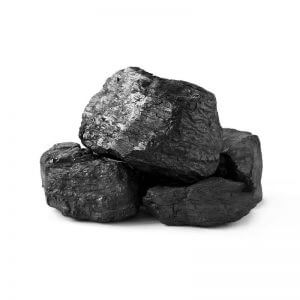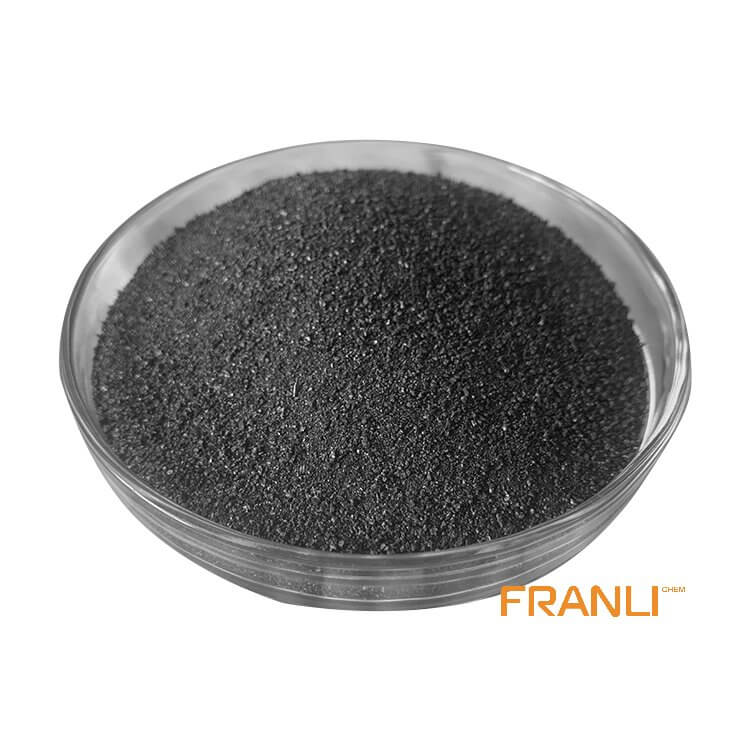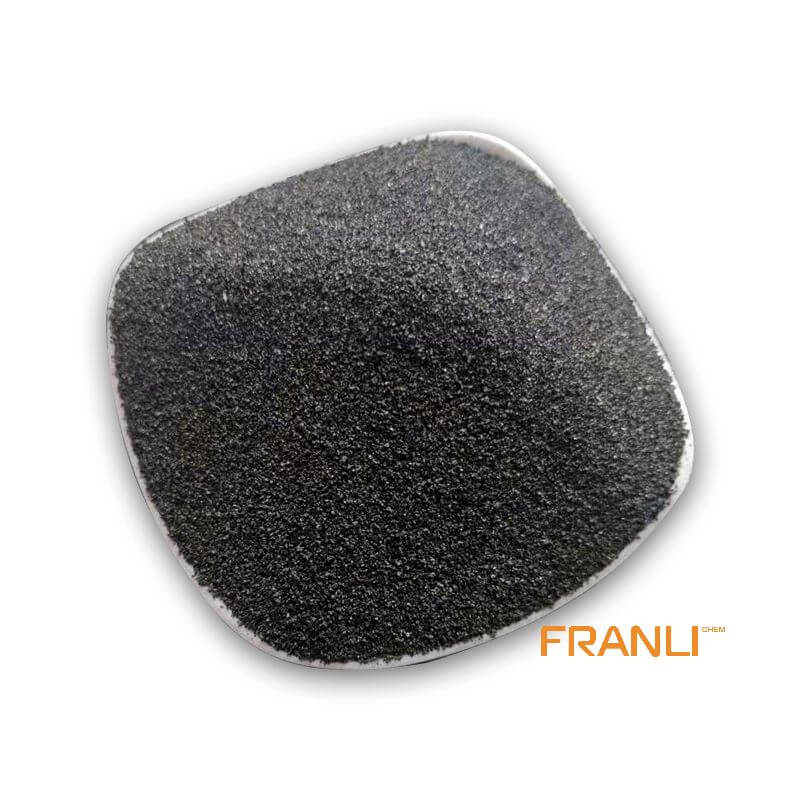


Petroleum Coke
Size
According to your requirements
Package
25 kg small bags into ton bags or ton bags
Features
Low ash content and low boiler ash discharge, etc.
Application
Depending on its quality, petroleum coke can be used in industries such as graphite, smelting and chemical industry, etc
Petroleum coke, as a byproduct of petroleum, is produced in the process of petroleum processing, that is, the crude oil is distilled to separate light and heavy oil, and the heavy oil is converted into petroleum coke by hot cracking. If petroleum coke can be obtained directly from petroleum processing, then the petroleum coke is raw coke or ordinary coke. Petroleum coke has irregular shape, dark gray or black, porous structure and metallic luster.
Request a quoteThe negative electrode material of lithium-ion batteries is petroleum coke material. High-quality petroleum coke represented by needle petroleum coke has a series of advantages such as low thermal expansion coefficient, low porosity, low sulfur, low ash, low metal content, high electrical conductivity, and easy graphitization, so it is regarded as a high-quality lithium-ion Battery anode material raw materials.
High-quality petroleum coke is used as a negative electrode material for lithium-ion batteries, and generally requires processes such as purification, pulverization, particle size screening, graphitization, and surface modification. The whole process is relatively long, and many factors affect the final effect. The issues that received the most attention were:

(1) The mechanism of carbon material structure changing with temperature;
(2) The relationship between anode material properties and carbon material structure;
(3) Are there suitable carbon materials to meet the needs of power lithium-ion battery anode materials?
Structural characteristics of petroleum coke materials and development trend of petroleum coke anode materials in the future
(1)Influence of post-treatment temperature of high-quality petroleum coke on its properties
(2)The post-heat treatment of high-quality petroleum coke is divided into two stages: calcination and high-temperature graphitization.
(3)Calcination refers to the calcination process below 1500 °C, and high-temperature graphitization refers to the high-temperature treatment process close to 3000 °C.
The high-quality petroleum coke produced by the delayed coking process is calcined in a rotary kiln, the moisture and volatile matter are significantly reduced, and the transportation and storage are more convenient. In the graphitization process, the graphitization temperature is a key factor, which affects the degree of graphitization of high-quality petroleum coke.

Through the analysis of cycle performance, charge-discharge characteristics, and cyclic voltammetry curve, the effect of calcination temperature on the electrochemical performance of needle-like petroleum coke-made lithium-ion battery anode material was studied. In the range of 700-1000 °C, the higher the temperature, the smaller the graphite interlayer spacing of the carbonized sample, and the increased structural order of the sample. The coke in this period can be called soft carbon. For the samples treated at this temperature, the first capacitance is 340 mAh/g higher than the theoretical capacitance of graphite. However, it is difficult to obtain a stable charge-discharge potential for negative electrode materials of lithium-ion batteries made from needle-shaped petroleum coke, and the cycle performance is poor.
By extending the maximum carbonization temperature to 2800 °C, during the heat treatment process, the change rule of the graphite microcrystalline structure and its electrochemical performance can be fully understood. When the temperature reaches 2800 °C, the treated needle-like petroleum coke samples are close to pure graphite. The battery charging and discharging experiment results show that the stable lithium intercalation capacity of the sample can reach 300 mAh/g, and it has a stable charging and discharging platform. Different soft carbon structures and graphite crystallite structures change to different degrees with temperature.
By graphitizing needle petroleum coke and pitch coke at 2800℃, we can find that the lithium intercalation capacity of graphitized needle petroleum coke can be stabilized at 301mAh/g after being repeatedly charged and discharged 40 times, while graphitized pitch coke has only 240mAh/g. This is because the raw material of needle-shaped petroleum coke is purified, and a wide-area mesophase can be formed during the cooking process, and finally, needle-shaped petroleum coke is more easily graphitized and the degree of graphitization is higher.
Therefore, the influence of graphitization temperature on material properties is also related to the structure of the material itself.



